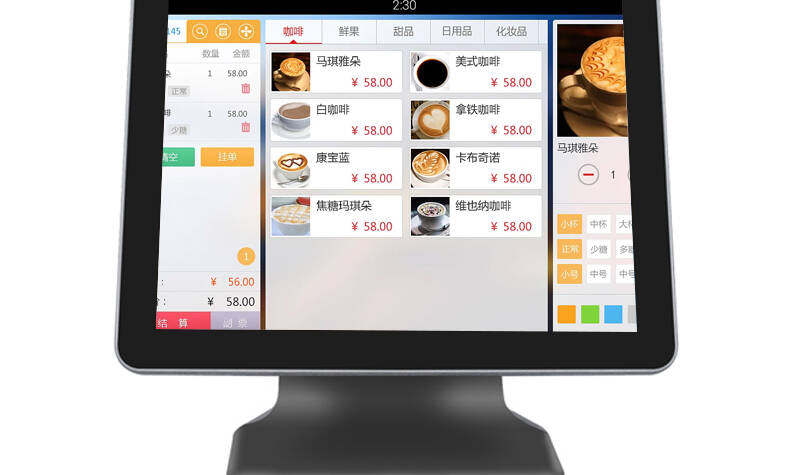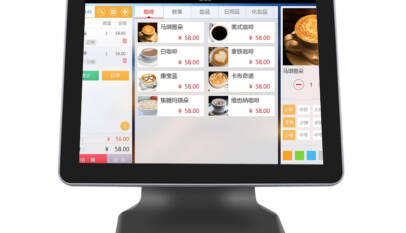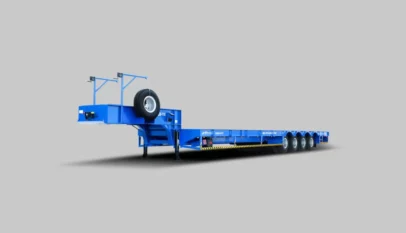All in One POS Machine: Advantages of a Touch Dual Screen POS Terminal
The evolution of payment technology has led to the rise of all-in-one POS machines, which streamline operations for businesses.
These devices combine payment processing, inventory management, and customer engagement into a single unit. A touch dual screen POS terminal enhances user interaction by providing both the cashier and the customer with access to the transaction details in real-time.
Businesses benefit from increased efficiency and flexibility, allowing staff to focus more on customer service rather than wrestling with complex payment systems. The dual screens facilitate smoother transactions and improve the overall customer experience. With integrated software solutions, these POS terminals can adapt to diverse business models, making them an essential tool for modern retailers.
Adopting an all in one pos machine can transform daily operations and boost sales. By simplifying transactions and offering valuable insights, these systems empower businesses to thrive in competitive markets. The advantages are clear, making it worthwhile for any business owner to consider this technology.
All-in-One POS Machine Features
An all-in-one POS machine combines various functions into a single unit, enhancing efficiency for businesses. The following features highlight their hardware, software, touch dual screen capabilities, and connectivity options.
Hardware Specifications
All-in-one POS machines typically come with robust hardware that includes a powerful processor for fast transaction processing. They often have a bright, high-resolution touch screen, typically ranging from 10 to 15 inches, making it user-friendly.
Key hardware components may include:
- Memory: 2GB to 8GB RAM, enabling smooth operation of multiple applications.
- Storage: 32GB SSD or higher, providing adequate space for transaction data and software.
- Peripheral Ports: Multiple USB and serial ports for connecting barcode scanners, receipt printers, and cash drawers.
The solid build quality ensures durability in high-traffic retail environments.
Software Capabilities
The software capabilities of all-in-one POS machines are crucial for managing sales, inventory, and customer information. Most systems come with integrated point of sale software that supports various payment methods, including credit cards, mobile wallets, and cash.
Key features often include:
- Inventory Management: Track stock levels, receive alerts on low inventory, and generate reports on product performance.
- Sales Analytics: Access detailed sales reports, enabling data-driven decision-making.
- Multi-User Support: Allow different roles for staff, with varying access levels tailored to responsibilities.
These software functions enhance operational efficiency and retail insights.
Touch Dual Screen Functionality
Touch dual screen functionality sets these POS machines apart, as they enhance interaction between staff and customers. The design usually consists of a customer-facing screen and a staff operational screen, improving the overall transaction experience.
Benefits of dual screens include:
- Customer Engagement: Customers can view their order details, promotional offers, or digital discounts in real-time.
- Order Accuracy: Reduces errors, as customers confirm their selections before finalizing transactions.
- Self-Service Options: Some models offer self-checkout capabilities, increasing convenience during busy periods.
This feature creates a more interactive and efficient transaction environment.
Connectivity and Integration
Connectivity and integration options are vital for seamless operation in various business settings. Most all-in-one POS machines support multiple connection types, including Wi-Fi, Bluetooth, and Ethernet.
Integration capabilities often include:
- Payment Processors: Compatibility with various payment service providers for flexibility in payment methods.
- Cloud-Based Solutions: Cloud integration allows for real-time data access and management from any location.
- Third-Party Applications: Ability to integrate with popular accounting and CRM software, streamlining business operations.
Robust connectivity ensures these devices remain versatile and adaptable to evolving business needs.
Selecting the Right All-in-One POS Solution
Choosing the appropriate all-in-one POS solution involves critical assessments of vendor reliability, cost implications, and the level of customer support offered. These factors collectively influence the effectiveness and longevity of the POS system.
Evaluating Vendor Reliability
Vendor reliability is paramount when selecting an all-in-one POS machine. A reputable vendor should have a proven track record, backed by positive customer reviews and case studies.
Key points to consider:
- Experience: Look for vendors with years in the industry.
- References: Request client testimonials to gauge satisfaction levels.
- Certifications: Verify any industry certifications the vendor holds.
Researching the vendor’s history in service uptime and product reliability is essential. Companies should ensure ongoing software updates and security patches are part of the vendor agreement. Engaging with other businesses that use the vendor can provide insights into their consistency and service quality.
Cost Consideration and ROI
Cost plays a significant role in selecting a touch dual screen POS terminal. It’s not just about the initial purchase price; total cost of ownership must also be calculated. This includes installation, maintenance, and transaction fees.
Evaluating costs:
- Implementation costs: Factor in installation and training expenses.
- Operating costs: Assess subscription or transaction fees.
- Return on Investment (ROI): Calculate potential revenue growth from increased efficiency and better customer engagement.
An effective POS solution should deliver solid ROI over time. Businesses need to analyze projected savings and increased sales against the total expenditure on the system, ensuring value is maximized.
Customer Support and Warranty
Robust customer support enhances the user experience and can be a deciding factor in the selection process. It is imperative to choose vendors that offer comprehensive support services.
Consider these aspects:
- Support channels: Inquire if support is available via phone, chat, or email.
- Response times: Assess the vendor’s response time to ensure timely assistance.
- Warranty Terms: Review warranty options for hardware failures or defects.
A vendor providing responsive and knowledgeable support can help mitigate disruptions to business operations. Reviewing the warranty coverage for equipment can safeguard against unforeseen costs, ensuring businesses receive reliable service throughout the POS system’s life.
Investing in Gurgaon Residential Projects: What Makes BPTP a Trusted Name
Summary: Gurgaon is indeed one of India’s most happening real estate destinations these da…










